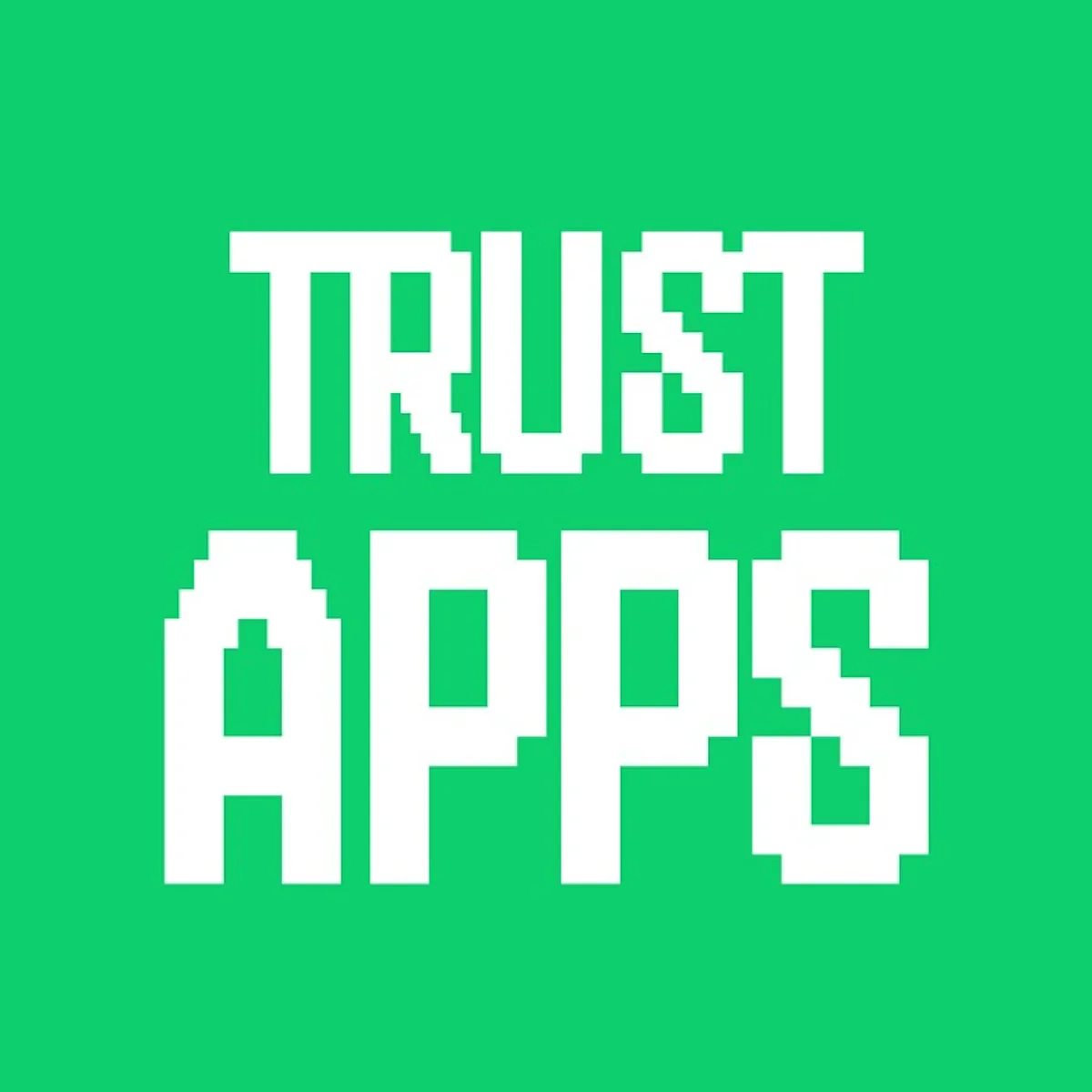What Are Purchase Options Tools
Purchase Options tools are essential components in the technology stack of modern eCommerce and D2C brands. These tools allow brands to offer flexible checkout experiences by supporting different ways customers can pay, order, and interact with products. They help brands provide multiple pathways to purchase — such as subscriptions, pre-orders, deposits, or buy-now-pay-later — to improve conversions and meet diverse consumer expectations.
By integrating seamlessly into eCommerce platforms like Shopify or BigCommerce, Purchase Options tools enable brands to tailor the buying process to their audience’s preferences. They not only enhance convenience but also help gauge product demand, manage inventory more effectively, and drive repeat purchases. These tools form a crucial part of the post-click journey, bridging the gap between product discovery and transaction completion — a powerful lever to boost e-commerce sales.
When combined with analytics, marketing automation, and fulfillment systems, Purchase Options tools create a cohesive ecosystem that enhances both front-end experience and back-end efficiency — ensuring smoother operations and higher customer satisfaction.
Key Benefits of Purchase Options Tools
Purchase Options tools provide several important benefits for eCommerce and D2C brands, including:
- Flexibility at Checkout: Offer customers the ability to choose how they pay and when they receive products, improving satisfaction and conversions.
- Increased Revenue Opportunities: Enable upsells, bundles, pre-orders, and alternative payment structures that expand sales potential and improve AOV.
- Demand Forecasting: Capture interest early through pre-orders and deposits to gauge demand before full production.
- Reduced Cart Abandonment: Simplify the purchase process with multiple payment and delivery options that encourage completion.
- Improved Retention and Loyalty: Offer recurring purchase models or personalized add-ons to foster repeat buying behavior.
- Operational Efficiency: Sync seamlessly with fulfillment, inventory, and CRM systems to reduce manual updates and support automated workflows.
Different Types of Purchase Options Tools
Depending on a brand’s goals and setup, Purchase Options tools can be divided into several categories:
- Pre-order Tools: Allow customers to reserve products before launch or when out of stock, helping brands like Malbon Golf and Fellow generate early revenue and measure demand (e.g., PreProduct).
- Bundling and Offer Tools: Support mix-and-match promotions, product bundles, and special deals that drive higher order values (e.g., Fast Bundle).
- Order Editing and Customization Tools: Let shoppers modify orders post-purchase, add items, or adjust details without customer support (e.g., Order Editing).
- B2B Wholesale and Constraint Tools: Enable wholesale management, custom pricing, and order rules for business buyers (e.g., Fena B2B Wholesale App, OrderLogic).
- Protection and Add-on Tools: Offer shipping insurance and value-added side carts that enhance both customer confidence and merchant margins (e.g., Simply Shipping Protection).
Each type addresses different operational and customer experience goals, allowing brands to select the right combination for their specific model.
Key Features of Purchase Options Tools
Leading Purchase Options tools share a core set of features that optimize the buying experience and streamline backend operations:
- Dynamic Checkout Customization: Adapt payment structures and order types directly in the checkout flow.
- Deposit and Pay-Later Capabilities: Offer flexible payment models, including installments, deposits, or post-launch payments.
- Inventory and Order Synchronization: Maintain real-time alignment between store, warehouse, and third-party logistics systems.
- Self-Service Customer Portals: Empower shoppers to modify or manage their orders without contacting support.
- Automated Upsells and Recommendations: Leverage AI-driven add-on suggestions to increase average order value — learn how to use AI in your DTC tech stack.
- Branded Experience Control: Customize all checkout and post-purchase interfaces to match brand identity.
These features work together to ensure smooth operations and exceptional customer experiences across every purchase touchpoint.
Key Things Purchase Options Tools Do
Purchase Options tools empower D2C and eCommerce brands to achieve measurable results across sales, operations, and customer engagement. Common use cases include:
- Launch Pre-orders and Early Sales: Capture revenue before production starts and use demand data for planning.
- Enable Flexible Checkout Experiences: Support one-time, subscription, or deferred payments within a unified flow.
- Enhance Post-Purchase Engagement: Provide customers with easy ways to edit, upgrade, or protect their orders.
- Boost Average Order Value: Create bundles, offer volume discounts, or incentivize add-ons through automation — see practical tactics to boost e-commerce sales.
- Streamline Wholesale Operations: Allow B2B clients to place large or repeat orders with tailored pricing rules.
Who Uses Purchase Options Tools at a D2C Brand
Several key roles within eCommerce organizations rely on Purchase Options tools to achieve performance and growth goals:
- E-commerce Managers: Configure checkout options and monitor their impact on conversion rates and customer satisfaction.
- Marketing Teams: Use pre-order data and promotional flexibility to drive targeted campaigns and product launches.
- Operations and Fulfillment Leads: Ensure that orders, edits, and pre-sales align seamlessly with inventory and shipping workflows.
- Finance and Revenue Teams: Track payment models, deposits, and cash flow forecasting with integrated data visibility — including how to calculate customer acquisition cost and lower acquisition cost.
- Founders and Growth Strategists: Use these tools to experiment with pricing, retention programs, and sales mechanics that scale efficiently.
What Are the Best Purchase Options Tools
While the ideal solution depends on a brand’s size and sales model, several standout Purchase Options tools are widely recognized for their capabilities:
- PreProduct: A robust pre-order app supporting pay-now, pay-later, and deposit-based structures for Shopify and BigCommerce stores.
- Fast Bundle: Enables custom product bundles and mix-and-match deals to increase revenue and AOV.
- Order Editing: Offers self-service order modifications with AI-powered product recommendations and 3PL sync.
- Fena B2B Wholesale App: Converts retail stores into full-featured wholesale platforms with self-serve and custom pricing tools.
- Simply Shipping Protection: Adds customer insurance and interactive side-cart features to enhance confidence and engagement.
Together, these tools give D2C brands the flexibility to design customer-centric, profitable, and scalable purchasing experiences across every channel.





